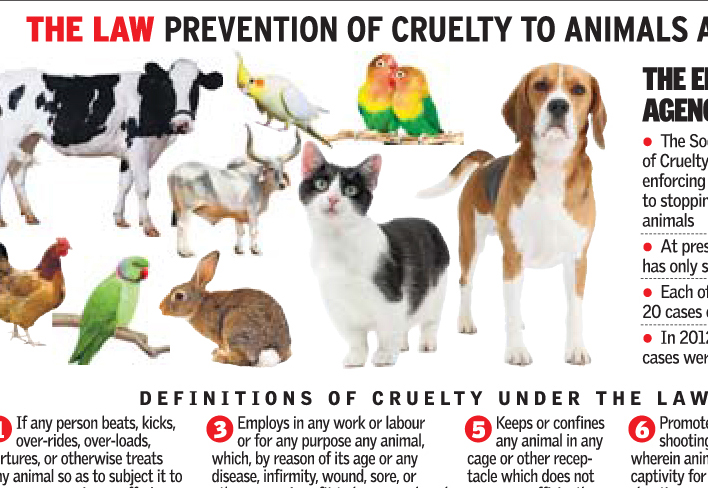Animal cruelty laws are the guardians of our society’s empathy, standing as a bulwark against those who would inflict harm upon the voiceless inhabitants of our world. In 2025, the landscape of these laws continues to evolve, reflecting a growing societal awareness and moral obligation toward animal welfare. Understanding these laws is paramount, not only to be vigilant against cruelty but also to ensure that we are advocates for the rights of all creatures that share our planet.
The current framework of animal cruelty laws in the United States is a patchwork of federal, state, and local regulations, often resembling a quilt, unique in its patterns and stitching yet held together by the common purpose of protection. The federal Animal Welfare Act (AWA) serves as one of the primary pieces of legislation that establishes the baseline for the treatment of animals in various settings, particularly in research, transport, and exhibition. The AWA mandates humane care and treatment, ensuring that animals are not subjected to undue pain or distress. In 2025, the AWA remains critically relevant, albeit with calls for broader inclusion that encompasses more species and stricter enforcement of existing provisions.
At the state level, the laws can diverge significantly, akin to a river that branches into myriad tributaries, each with its flow and obstacles. Many states have enacted their own animal cruelty statutes, which are often categorized into varying degrees, typically ranging from misdemeanors to felonies, depending on the severity of the abuse. For example, in states like California and New York, the laws are among the more stringent, imposing severe penalties for acts of cruelty, neglect, or exploitation. These jurisdictions recognize the gravity of animal mistreatment and respond with penalties that can include hefty fines and long-term imprisonment for perpetrators.
One notable trend in recent developments is the introduction of comprehensive “good samaritan” laws. These laws encourage individuals to intervene when they witness acts of animal cruelty without the fear of legal repercussions themselves. Much like a lighthouse guiding lost ships, these statutes illuminate the path for compassionate witnesses, urging them to act in defense of suffering creatures. In 2025, many states are adopting or revising their own Good Samaritan laws, broadening the scope of protection for animals through enhanced public engagement.
Moreover, the enforcement mechanism for these laws is gaining traction. The formation of specialized animal cruelty investigative units within law enforcement agencies signals a proactive approach to oversight. Equipped with training and resources focused on recognizing and responding to animal distress, these units are crucial in addressing (and hopefully diminishing) the instances of cruelty across the nation. The presence of such dedicated units fosters a culture of accountability, where the plight of animals becomes a communal responsibility.
The intricate relationship between animal cruelty laws and the illegal trafficking of animals cannot be understated. The act of buying and selling endangered species or exotic pets, often through underground channels, poses a dire threat not only to the animals involved but also to biodiversity itself. Recent legislative strides have sought to combat this illicit trade with stiffer penalties and increased collaboration with international enforcement agencies. In the evolving legal landscape of 2025, innovative approaches to thwart trafficking are being implemented, such as utilizing technology and communication strategies to enhance vigilance and action against these heinous crimes.
One might also consider the interconnection between animal cruelty laws and public sentiment regarding domestic animals. The advocacy for companion animals, particularly dogs and cats, has ascended to new heights. In many jurisdictions, anti-cruelty laws are being revised to include specific provisions targeting neglect, hoarding, and abandonment. Such measures serve as societal declarations, reinforcing the bond between humans and their furry companions while advocating for their rights and well-being. 2025 sees these enhancements as society’s deliberate acknowledgment of the importance of humane treatment within the bustling urban tapestry of everyday life.
Furthermore, the implications of animal cruelty extend beyond the mere legal statutes; they delve deep into societal consciousness. Public awareness campaigns and educational initiatives are becoming integral components of the animal welfare movement, illustrating that laws are not sufficient on their own. Through workshops, school programs, and social media outreach, the notion of kindness toward animals permeates the fabric of our communities. Such initiatives invite discourse, encouraging individuals to reflect on their own behaviors and responsibilities toward animals.
In conclusion, the current animal cruelty laws of 2025 provide a landscape of hope and vigilance, reinforced by evolving social perceptions and advocacy efforts. While the measures in place are crucial, they cannot operate independently of public awareness and sentiment. The quest to safeguard the rights of our nonhuman companions is an ongoing journey, one that requires collective effort and resolute action. Understanding and supporting the intricacies of these legal protections lay the groundwork for a more compassionate society—one where every creature is honored not just as a possession, but as a sentient being deserving of respect, care, and protection from cruelty.








